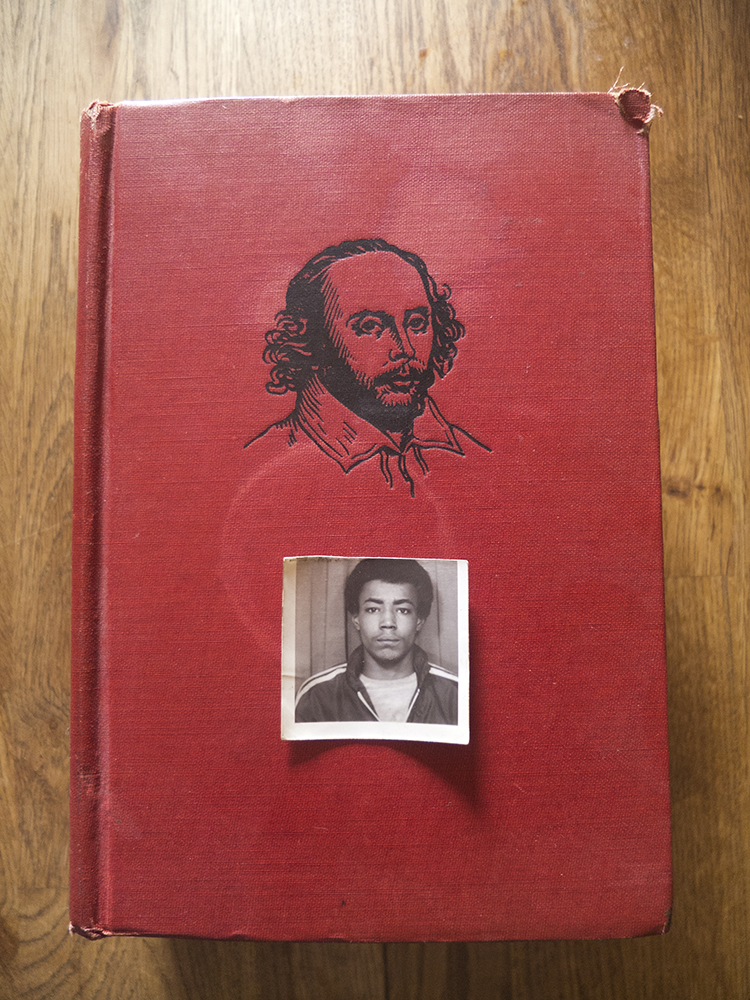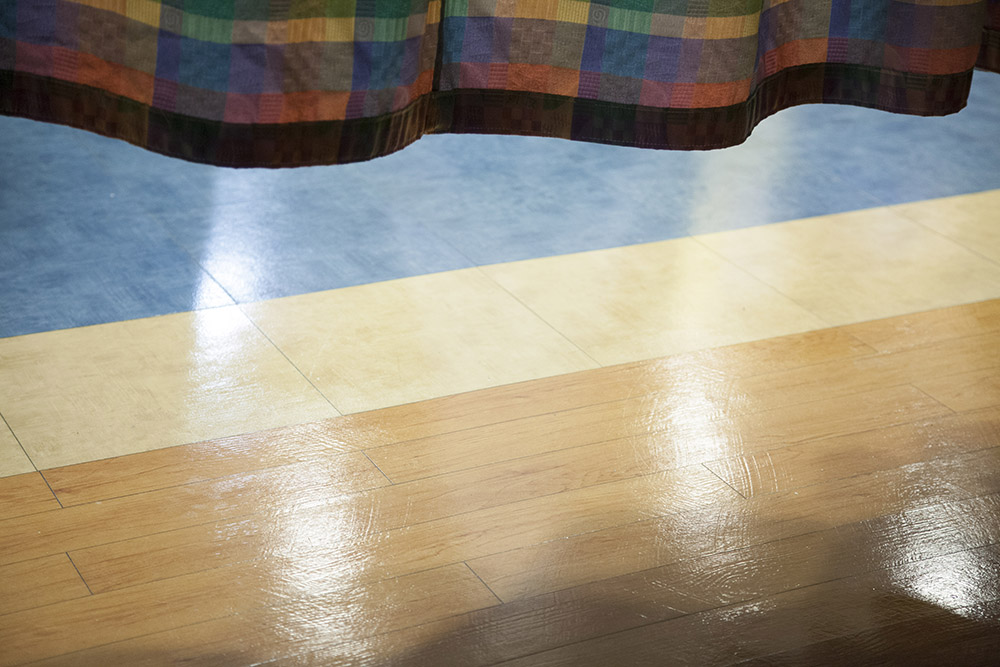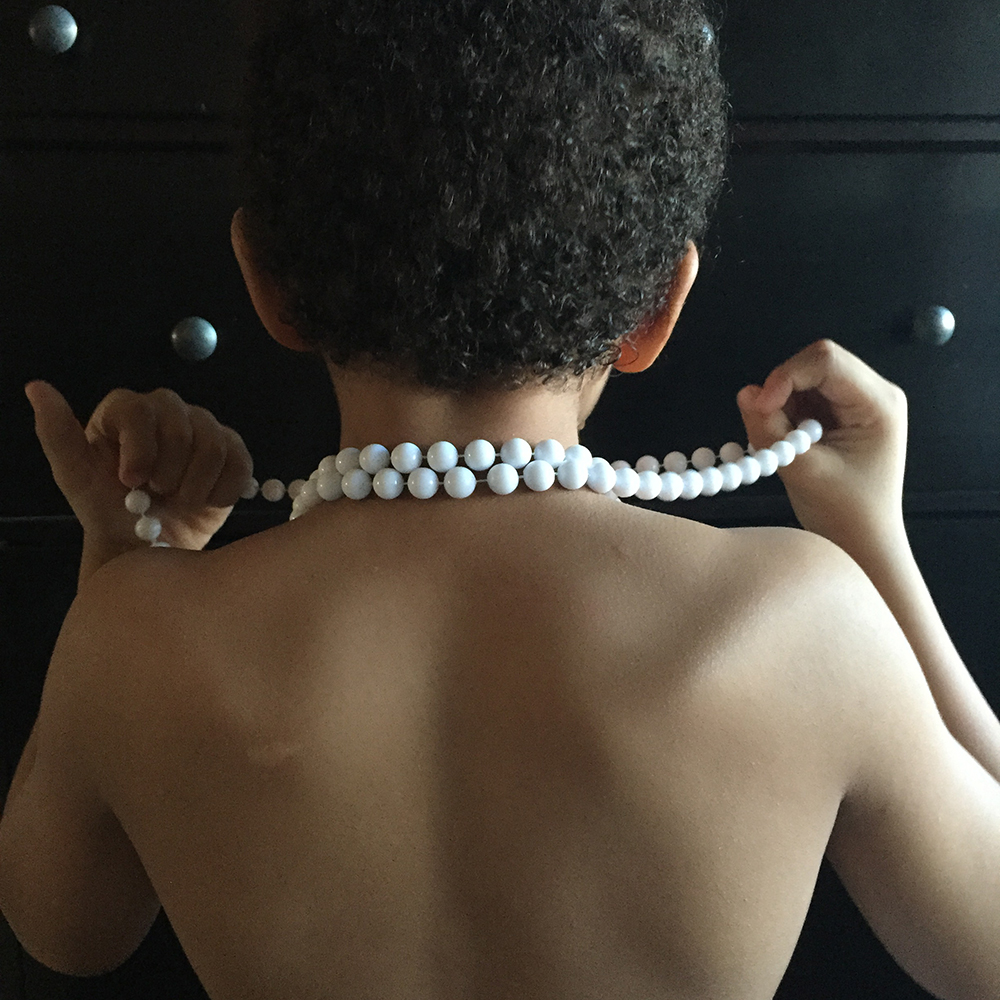Qiana Mestrich: Hard to Place
I first became aware of Qiana Mestrich through her Twitter account about a year or two before I began Photographers of Color. Shortly after, I came across her comprehensive blog, Dodge & Burn: Diversity in Photography filled with interviews of diverse photographers discussing their work. Dodge & Burn: Diversity in Photography opened up worlds for me. For the first time, I was exposed to other photographers of color on a broad scale. I often refer back to it to read interviews of photographers whose work that I dearly respect. Qiana’s blog is a big reason why I’ve focused on what I have in my own work and also why I began Photographers of Color: as a way to expose other artists of color to each other and to the photo/art world as a whole.
Qiana writes about her experience as a photographer of color and what made her begin Dodge and Burn:
Inequality within photography is a historical force and fact that I’ve been pondering and trying to counteract (in my own ways) for a long time. Being a “photographer of color” is not a label I imagined for myself when I started learning photography in the early ‘90s. At that time I was solely enamoured with learning traditional B&W darkroom techniques and capturing my own view of life on 35mm film. Being a photographer suited my teenage, loner tendencies. The tensions between my gender or racial identity and my chosen path as a photographer didn’t arise until a few years later.
One day during a one-on-one session with my college color photography professor, I asked, “Are we ever going to study the work of any black photographers?” In thinking about his reply he hesitated, then quickly suggested I take a trip to the college library and look up the photographers Carrie Mae Weems and Lorna Simpson. Writing down their names in my notebook felt like I had just uncovered a secret. I left our session ready for my mission and eager to see what photographs these two women had made. Fortunately I was attending a progressive, liberal arts college where one could take courses with former Black Panthers and our library did indeed have some photography books featuring Weems and Simpson.
Unfortunately for the rest of my years studying color photography there, we never looked at their work in class. We only ever studied the images of white, mostly American or European, males like “the father of color photography,” William Eggleston and other “pioneers of color photography” like Joel Meyerowitz and Stephen Shore. What a disservice to our photography education! Fast forward about eight years later and I found myself still inquiring, where are all the photographers of color? So in an attempt to educate myself, I started a blog called Dodge & Burn: Diversity in Photography where I began profiling and interviewing photographers of color.
Photography history, like many other histories, has an exclusive canon which includes a select few of mostly white males who have been recognized for their contributions to the medium. Established by curators Beaumont Newhall and John Szarkowski, this canon is taught in schools as part of the curriculum of photography history and it is perpetuated online in photography blogs/websites. Notable African Americans and other photographers of color around the world making work at the same time throughout the history of photography have been “dodged” and “burned” from the canon.
Throughout the years that I’ve been writing my blog, the responses I’ve gotten from readers points to a need to fill in the gaps within this dominant narrative of photography history and to establish a new history of contemporary photography that is recorded online. As a female photographer of color, my own work is autobiographical and also attempts to visualize life stories that I feel are largely invisible.
Qiana recently self-published a book of her project Hard to Place.
Hard to Place traces the journey of an orphan boy of Nigerian and Irish descent growing up in 1960s/70s London. A “half-cast(e)” child in 1960s and ‘70s England, Joseph was considered “hard to place” amongst the mostly white, adoptive families. Consequently, Joseph was placed “in care” at eight different times from age 3 to 17.
Combining confidential government documentation, archival photographs, personal possessions and documentary images, this series reveals the social and moral forces that denied Joseph his birthright to a family while constructing an alternate narrative.
This publication was made possible, in part, by the New York State Council on the Arts with the support of Governor Andrew Cuomo, and the New York State Legislature and additionally, in part, by funds from the New York City Department of Cultural Affairs, in partnership with the City Council.
Qiana Mestrich is a photographer, writer, digital marketer, and mother living and working in Brooklyn, N Y. In 2007, Mestrich founded the blog Dodge & Burn: Diversity in Photography History. Featuring interviews with and profiles of photographers of color, the blog advocates for a more inclusive version of photography history, featuring contributions to the medium by and about underrepresented cultures. Mestrich is currently writing a book based on the blog to be published by Routledge/Taylor & Francis.
Mestrich’s critical writing has been published in art journals like En Foco’s Nueva Luz, ARC Magazine, and SPE’s expo sure. She is also coeditor (along with Michi Jigarjian) of the book How We Do Both: Art and Motherhood (Secretary Press), a diverse collection of honest responses from contemporary artists who have walked—and are still walking—the tenuous tightrope of motherhood and making art. Now in its second edition, How We Do Both is available on Amazon and select bookstores nationwide.
A graduate of the ICPBard College MFA in Advanced Photographic Practice, Mestrich received her B.A. with a concentration in photography from Sarah Lawrence College. She most recently held the position of Associate Director, Digital Content and Engagement at the International Center of Photography (ICP) in New York. Her self-published photo book, Hard to Place (2016), visualizes a true story about race, family and adoption in postwar Britain.
Posts on Lenscratch may not be reproduced without the permission of the Lenscratch staff and the photographer.
Recommended
-
Nathan Bolton in Conversation with Douglas BreaultJanuary 3rd, 2026
-
Salua Ares: Absense as FormNovember 29th, 2025
-
Ricardo Miguel Hernández: When the memory turns to dust and Beyond PainNovember 28th, 2025
-
Pamela Landau Connolly: Columbus DriveNovember 26th, 2025







































































